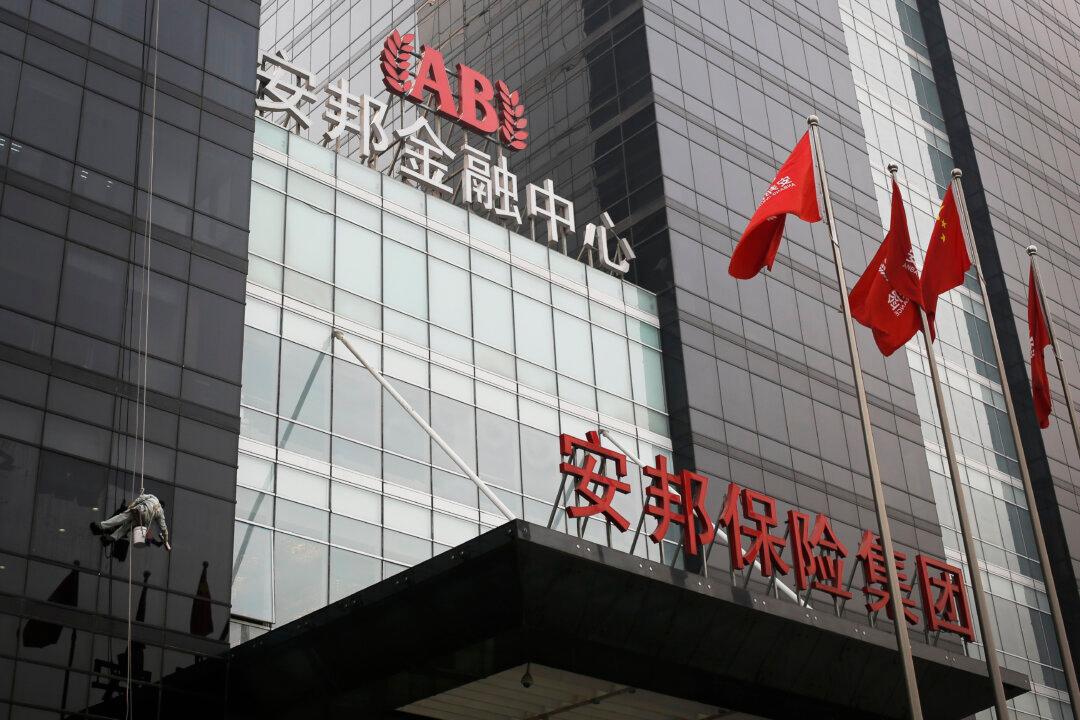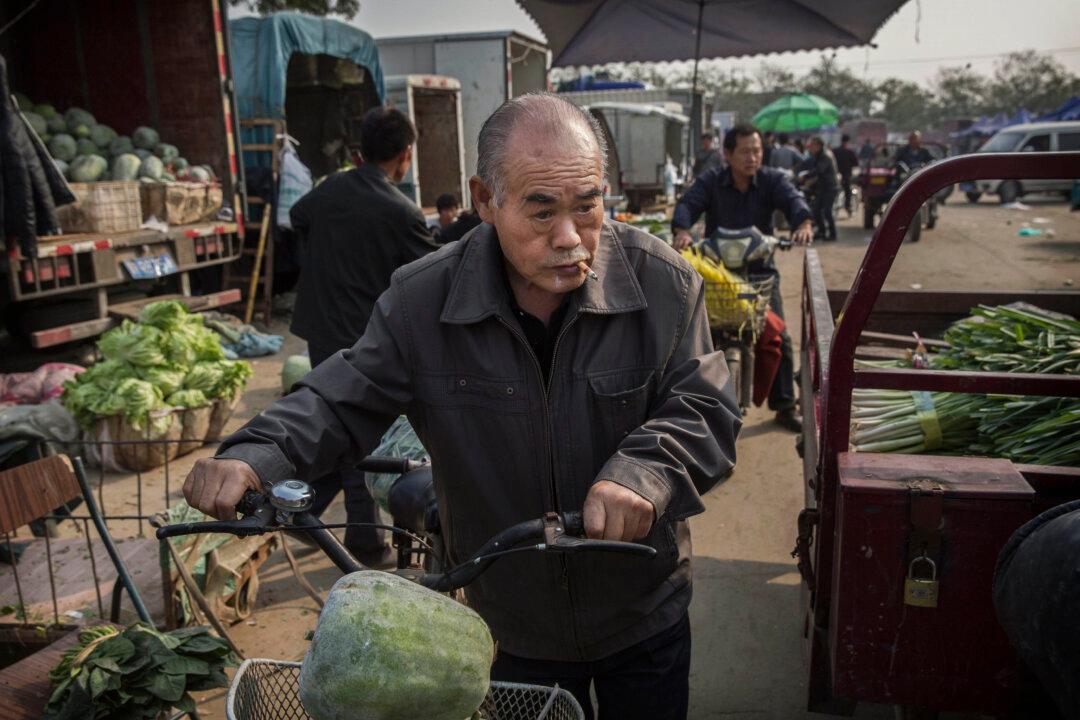News Analysis
China Anbang Insurance Group’s sudden withdraw of its $14 billion bid for Starwood Hotels raises questions about Anbang’s source of financing, business model, and standing with the Chinese Communist Party regulators.
Anbang’s all-cash offer should be more attractive to shareholders on paper, but a person with knowledge of the deal told the Financial Times last week that Anbang had failed to demonstrate it had the necessary financing to back up the all-cash bid.
Starwood indicated that it was comfortable Anbang had the financing in place for its latest offer. But with Marriott likely preparing a sweetened bid should Anbang’s latest offer have stood, it was unclear if Anbang’s consortium—which also includes private equity firms J.C. Flowers and Primavera Capital Ltd.—would have been able to arrange enough financing to increase the bidding.
Circumventing Regulators
Information from China paints a different, and more convoluted, picture.
The China Insurance Regulatory Commission (CIRC) was considering blocking Anbang’s acquisition of Starwood, due to Chinese regulations barring domestic insurance firms from owning more than 15 percent of its assets in foreign investments.
Anbang already has a roster of foreign assets. It owns overseas insurance companies such as Iowa-based life insurer Fidelity & Guaranty Life, Belgian property-casualty insurer Fidea, and South Korea’s Tongyang Life Insurance. Last year it paid $2 billion for the Waldorf-Astoria Hotel in New York.
CIRC calculates foreign holding limit by using insurance assets only, and Anbang’s insurance assets are comparatively small. Out of its $293 billion (1.9 trillion yuan) of assets as of 2014, only $50.8 billion relate to life, property, and casualty insurance, capping its foreign holding at around $7.7 billion.
But something doesn’t add up.
Regulatory difficulties seem like an excuse—they have never been a problem for Anbang’s Chairman Wu Xiaohui. He is the grandson-in-law of the former Chinese Communist Party leader Deng Xiaoping, and Anbang recruits among former senior party officials.
A Chinese investment bank said Anbang intentionally reshuffled shareholder registrations over the years in order to skirt CIRC rules on insurance company ownership, according to Caixin, a Chinese financial magazine. CIRC rules state that a single investor could not hold more than 20 percent of any insurance company.
Caixin’s research also found that some of Anbang’s 39 investors are obscure outfits such as auto dealerships, real estate firms, and mine operators that sometimes use shared mailing addresses, many of whom are connected to Chairman Wu. Most of the investors bought their stakes in 2014 and together injected 50 billion yuan into the company. There’s also a trend of major state-level investors scaling back their ownership, with SAIC Motor Corp. and Sinopec decreasing their ownership levels from 20 percent each to 1.2 percent and 0.5 percent respectively.





